15 Must-Know Tips for Weaning Puppies and Supporting Their Mom
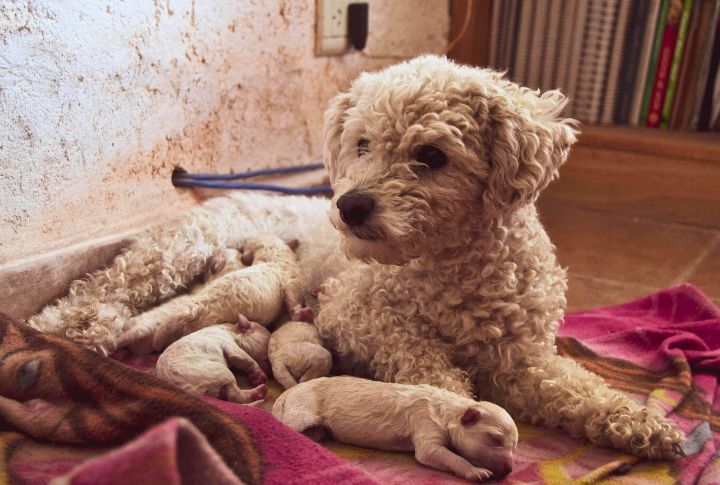
Weaning puppies is a delicate balance between nurturing the young and caring for their mother. It’s not just a transition—it’s a critical bonding period. These 15 expert-backed tips will guide you through this emotional journey, ensuring both puppies and their mother thrive. Ready to make this phase as smooth and rewarding as possible?
Start Slow and Early
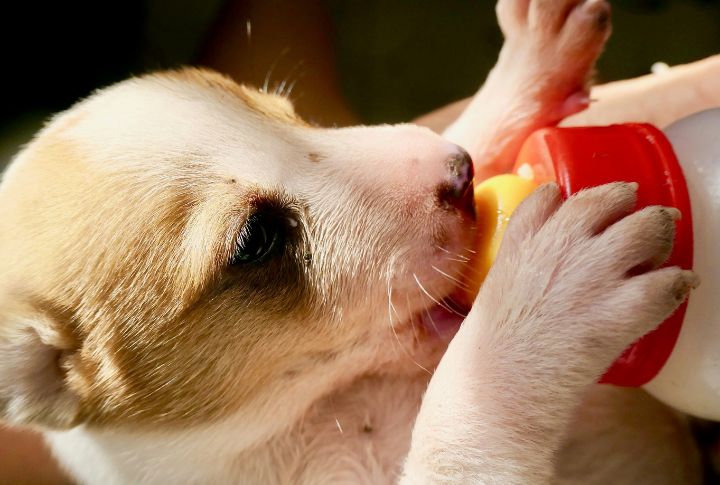
Soft, moistened puppy food is the best starting point. Mix the food with warm water or puppy formula to create a gruel-like consistency. As the puppies get used to this texture, slowly reduce the amount of liquid, making the food thicker over time. This step ensures an easy transition from nursing to solid food.
Encourage Independent Feeding

Encourage puppies to explore eating on their own by placing food in shallow dishes. Let them sniff, paw, and taste at their own pace. It’s important to stay patient during this stage, as each puppy will adapt differently. This independence in feeding fosters confidence and self-reliance.
Monitor the Mother’s Health Closely
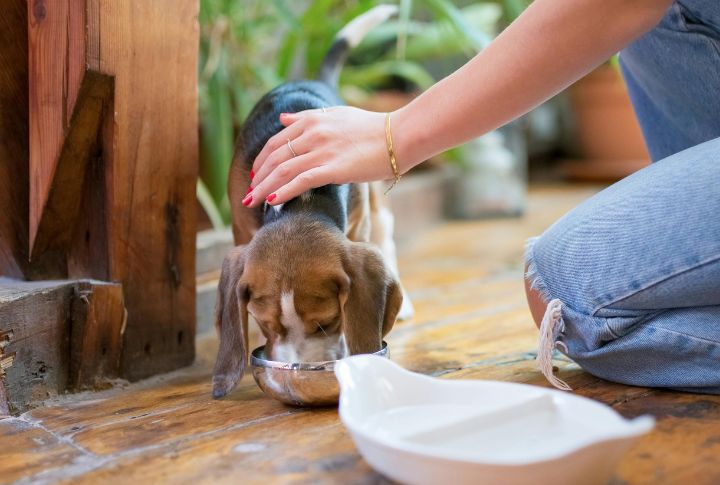
While the puppies are weaning, keep a close eye on the mother’s health. Ensure she’s getting enough nutrition and hydration, as her body is still recovering from giving birth and nursing. Watch for signs of mastitis, a common issue during weaning, which can be painful and requires prompt treatment.
Use a Balanced Puppy Formula
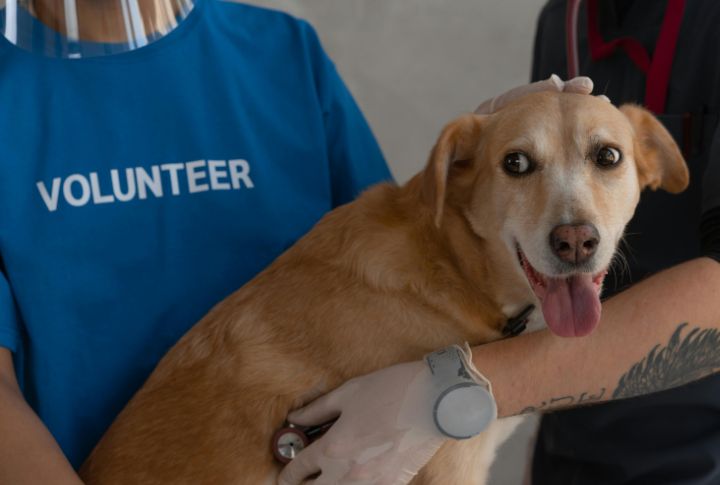
When transitioning from mother’s milk, choose a high-quality puppy formula that meets all their nutritional needs. The right formula will provide the essential nutrients puppies require for growth and development, helping them thrive during this critical phase. Consult your vet to find the best option for your puppies.
Create a Comfortable Feeding Environment
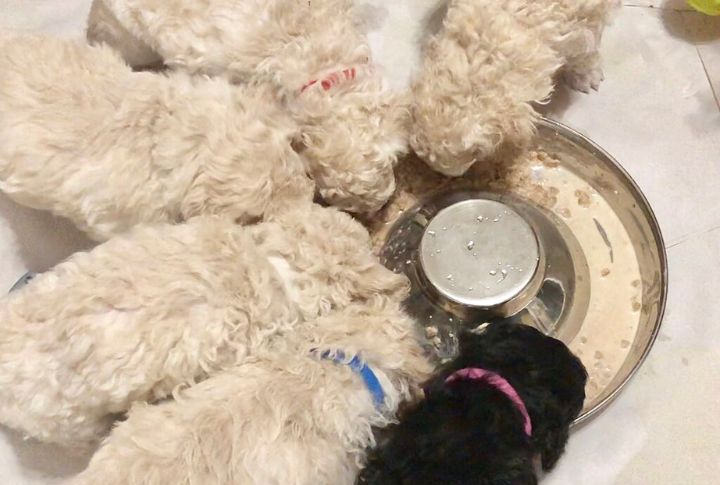
Set up a quiet, comfortable space for feeding. Puppies can be easily distracted, so minimize noise and activity during meal times. This environment helps them focus on eating and reduces stress, making the weaning process smoother for everyone involved.
Keep Feeding Sessions Short

Initially, keep feeding sessions brief but frequent. Puppies have small stomachs and can only handle small amounts at a time. Gradually increase the duration and quantity as they grow, allowing their digestive systems to adapt slowly to the new diet.
Ensure the Mother Has Enough Time to Rest

As the puppies begin to rely more on solid food, the mother dog will start producing less milk. Give her plenty of rest and separate her from the puppies for short periods to aid in this natural reduction. This also helps her regain her strength post-pregnancy.
Gradually Decrease the Mother’s Milk Supply
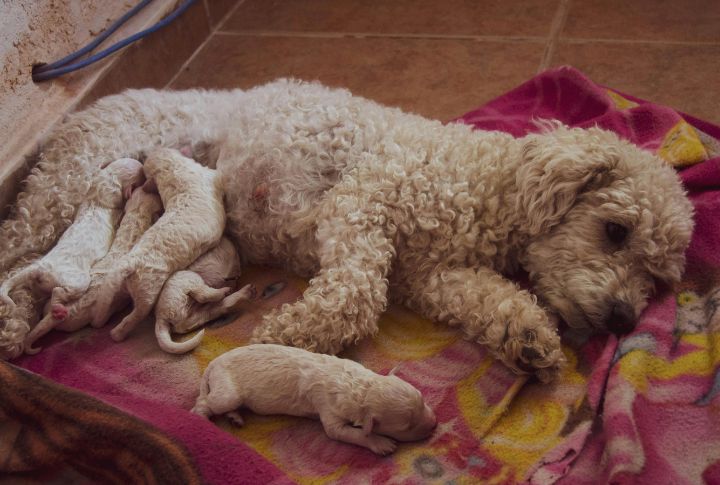
To prevent discomfort for the mother, gradually reduce her access to the puppies. Start by limiting nursing sessions, eventually phasing them out completely. This helps her body naturally decrease milk production, avoiding complications like mastitis.
Watch for Signs of Stress in Puppies

Monitor puppies for any signs of stress, such as excessive crying, restlessness, or refusal to eat. Weaning is a significant change for them, and each puppy will handle it differently. Be patient, and consider extending the weaning process if needed to ensure they’re comfortable.
Incorporate Playtime to Reduce Nursing

Encourage playtime to naturally reduce the puppies’ dependency on nursing. As they engage more in activities, their need for milk will decrease, helping the weaning process. This playful interaction also aids in their social and physical development.
Monitor Puppies’ Weight Gain

Regularly check the puppies’ weight to ensure they’re gaining appropriately. Steady weight gain is a positive indicator that they’re adjusting well to the new diet. If any puppy shows signs of underweight, consult your vet to adjust their feeding plan.
Adjust the Weaning Schedule as Needed

Flexibility is key during weaning. Not all puppies will follow the same pace, so be ready to adjust the schedule. Some may need more time before fully transitioning to solid food. Your attentiveness and adaptability are crucial for their successful development.
Provide Plenty of Fresh Water
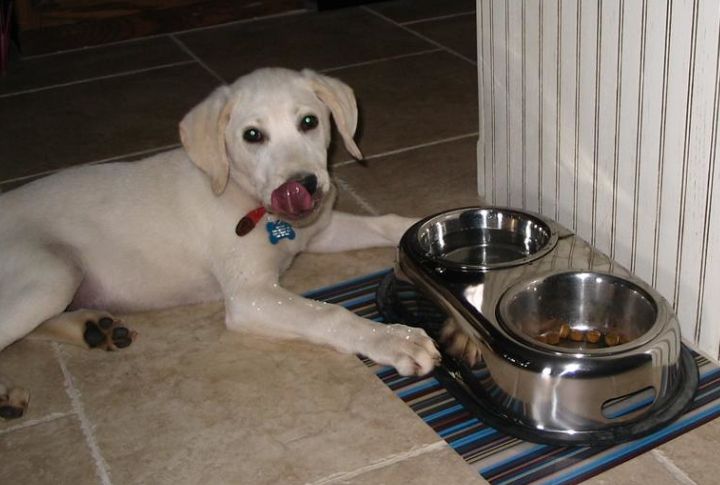
Ensure that fresh, clean water is always available to the puppies, especially as they transition to solid foods. Proper hydration is essential for their digestion and overall health. Introduce water bowls early to encourage them to drink regularly.
Transition to Solid Food Completely

By 7-8 weeks, the puppies should be fully transitioned to solid food. This is a gradual process where you slowly phase out liquid supplements and increase the solid food ratio. Ensure the food is nutritionally complete to support their growing bodies.





